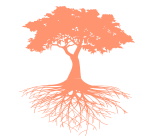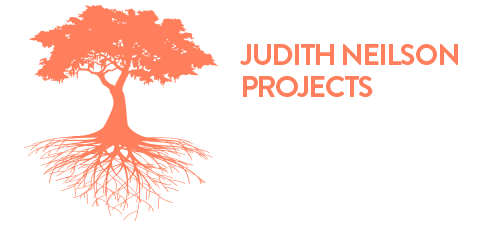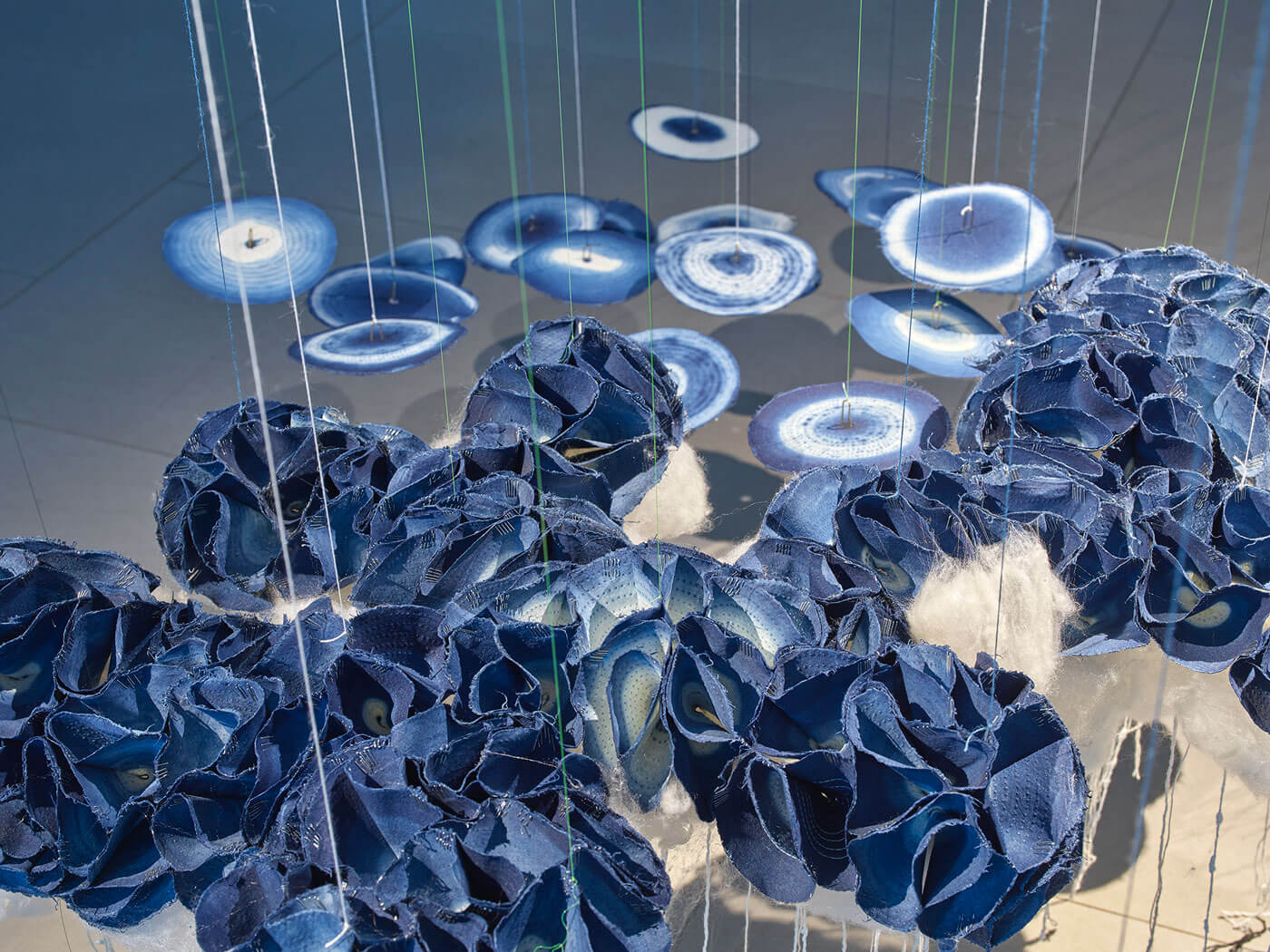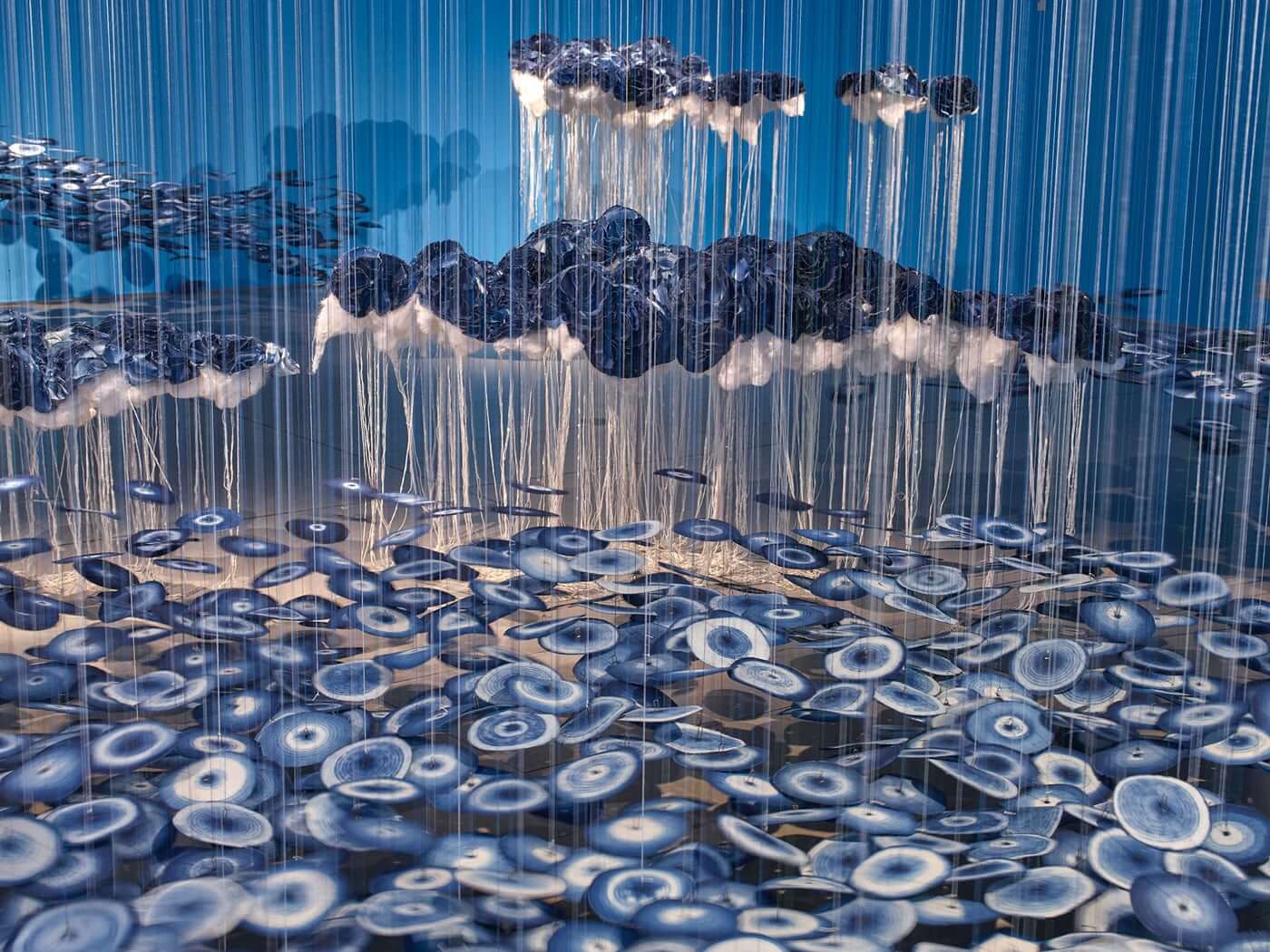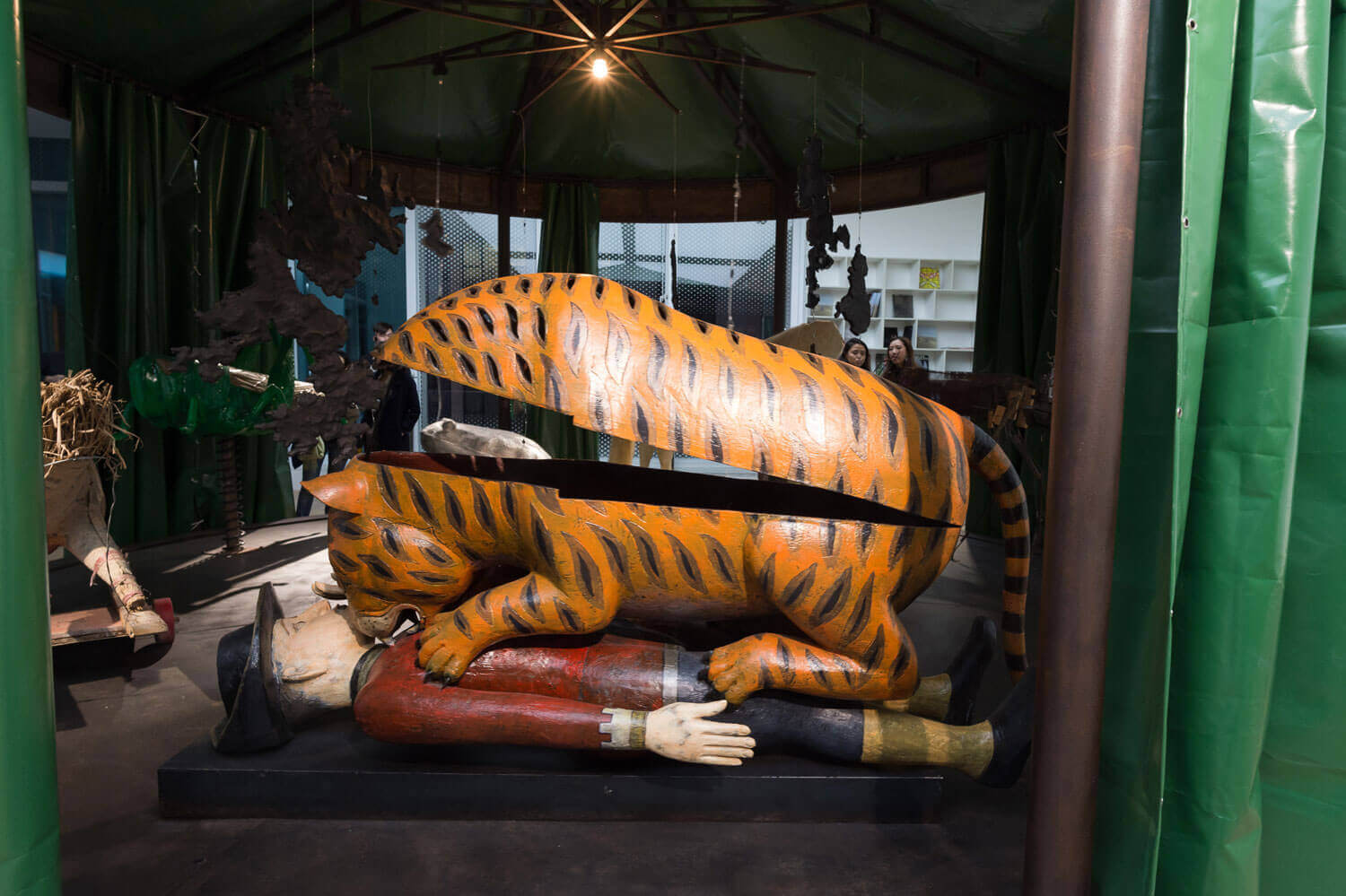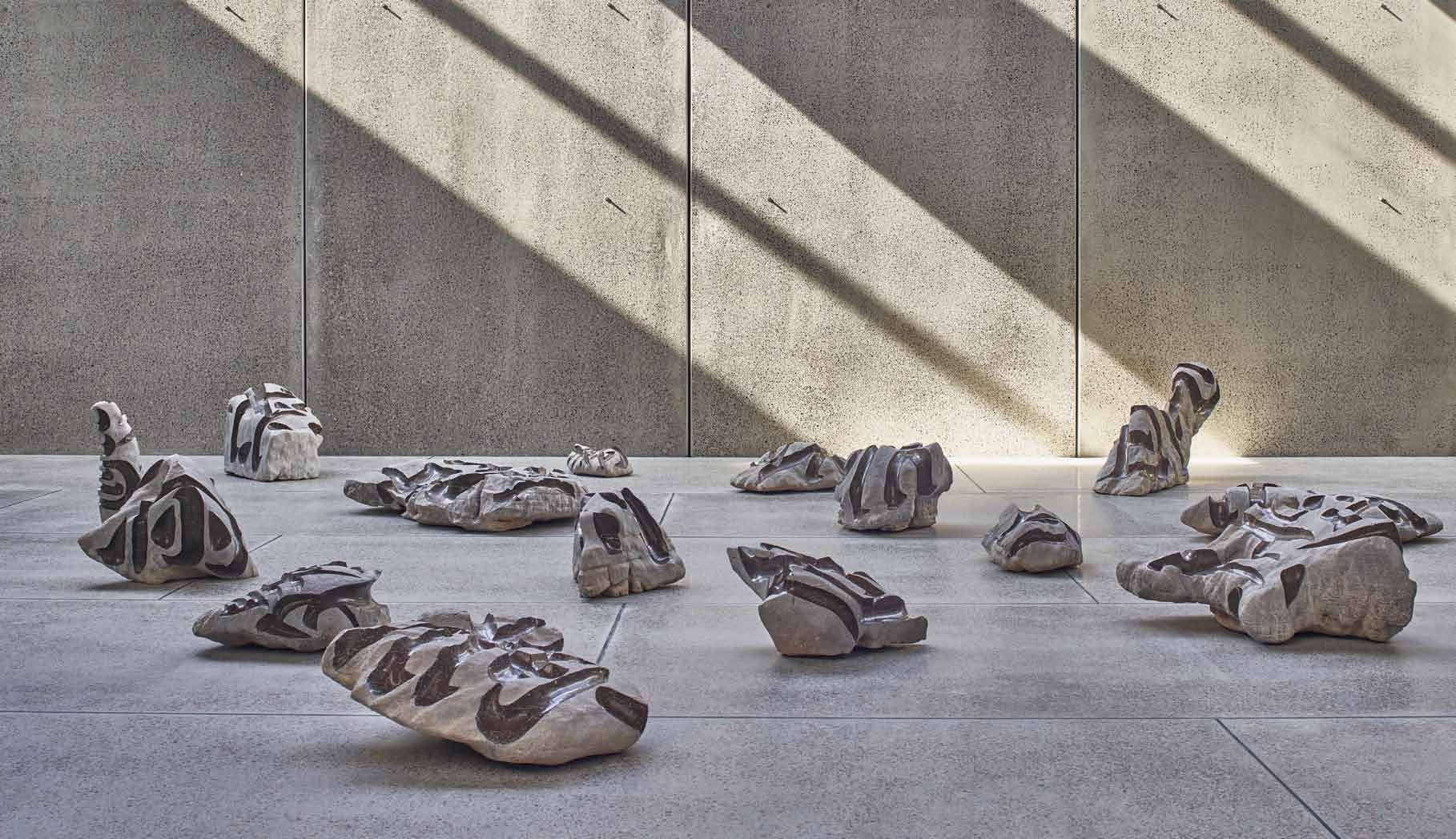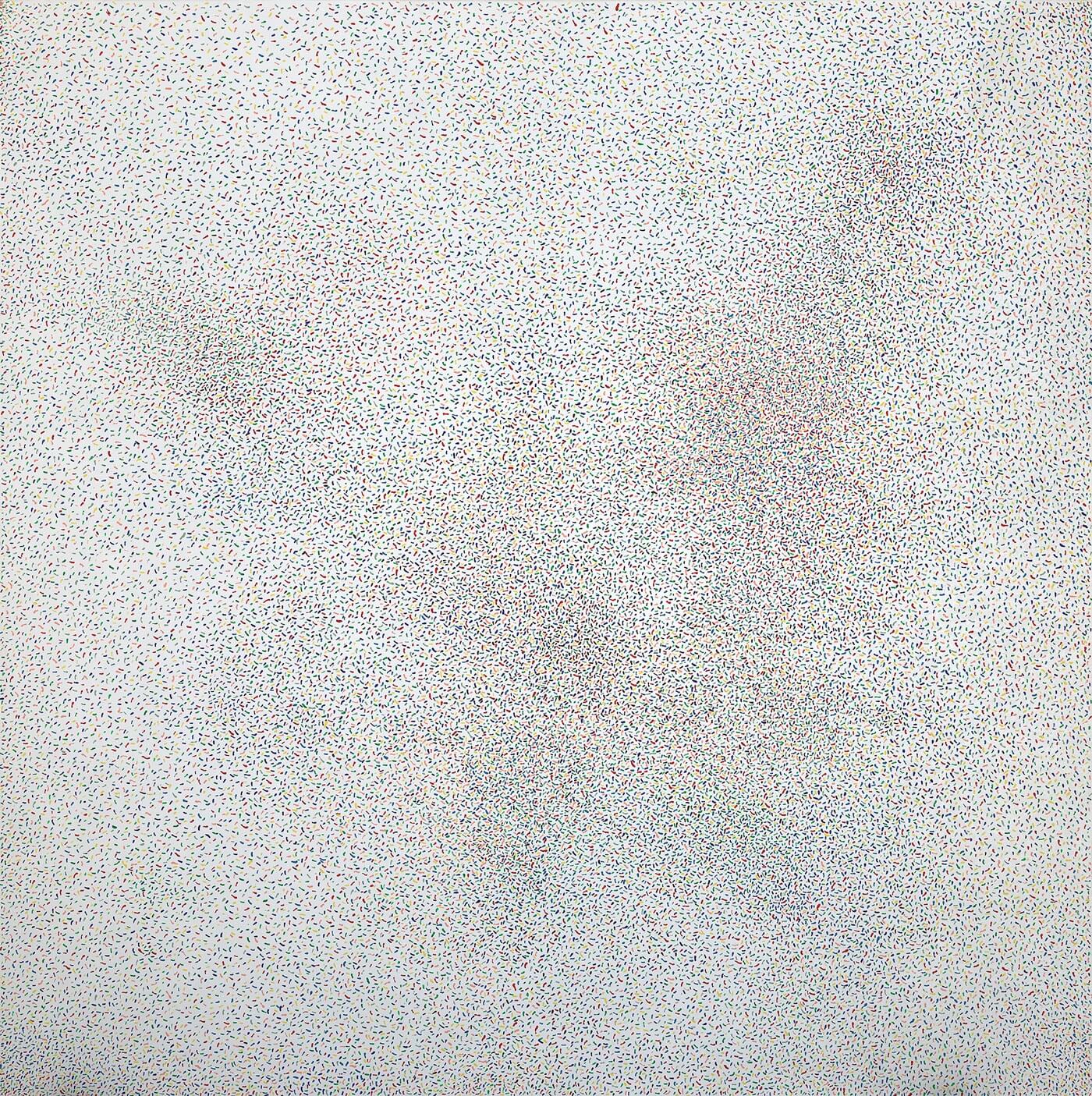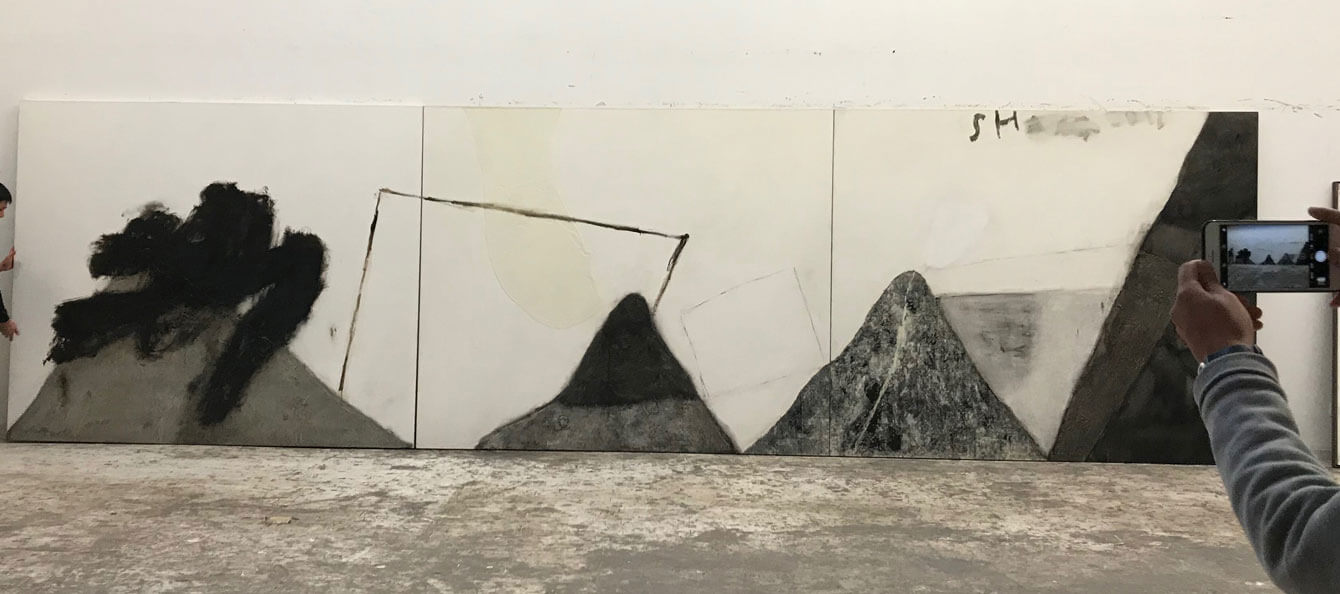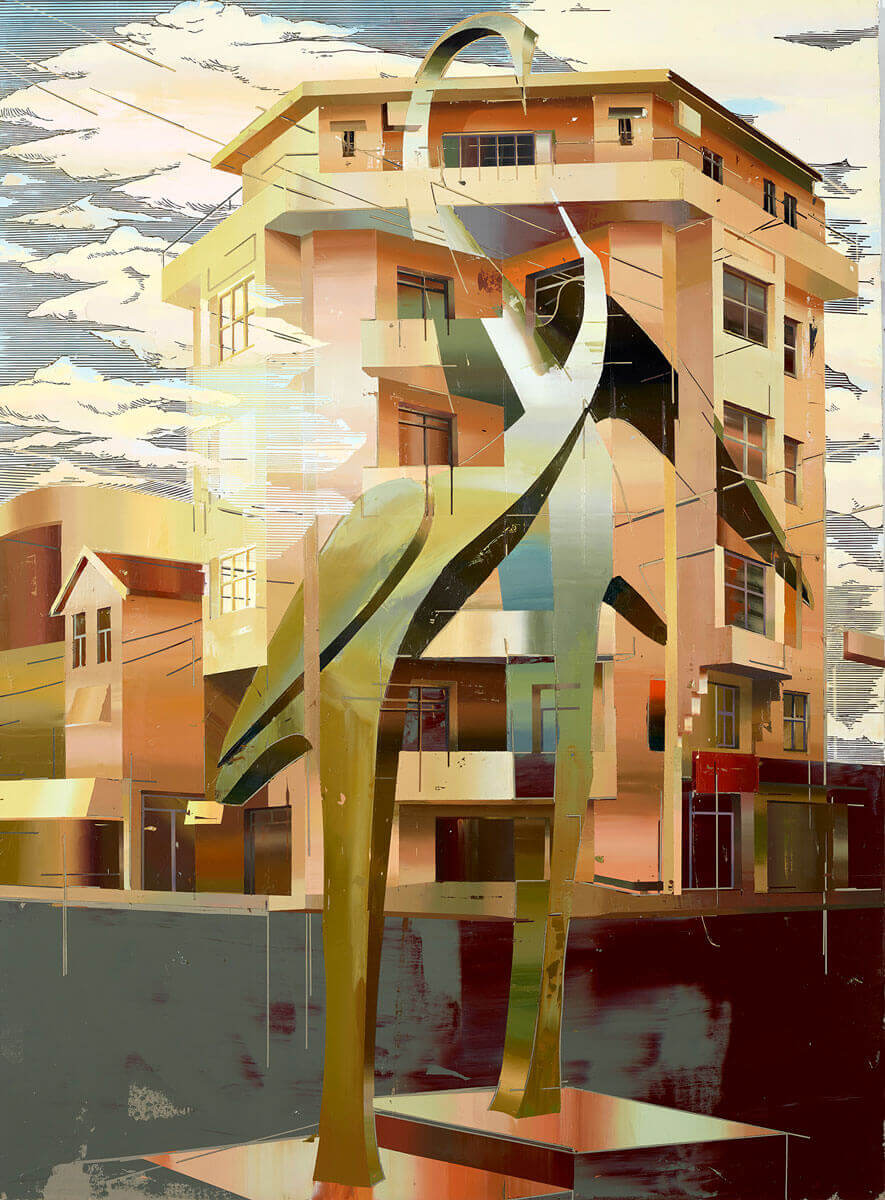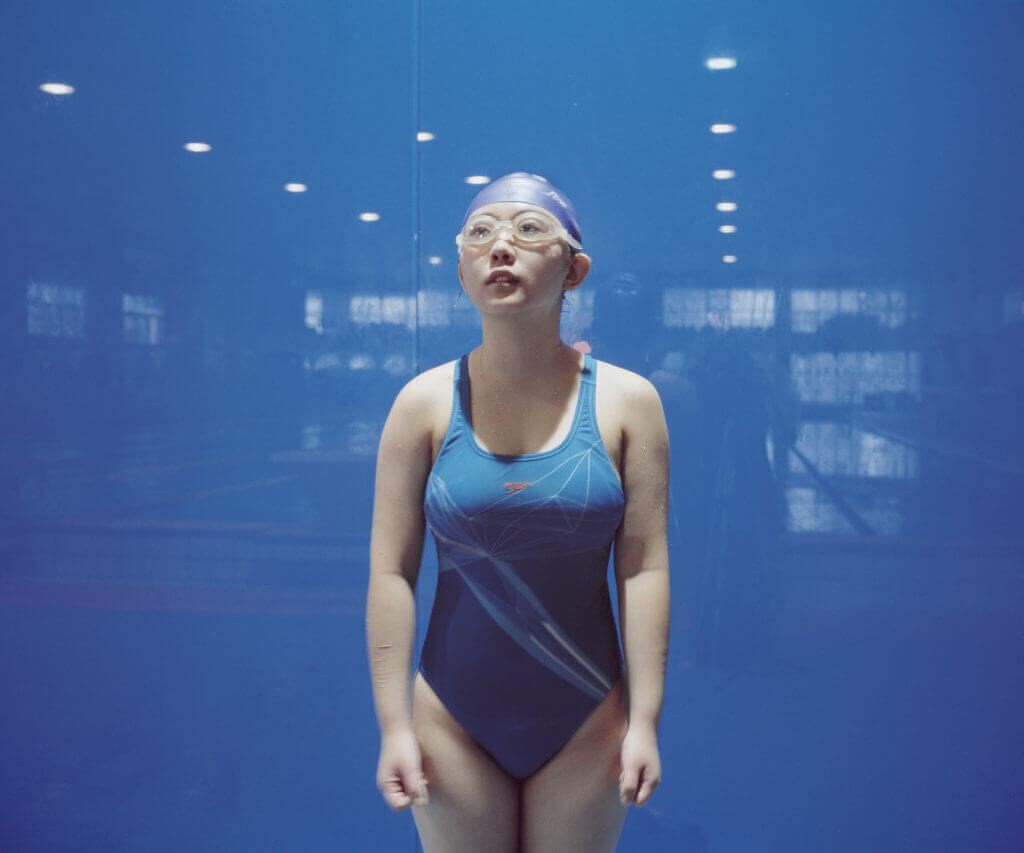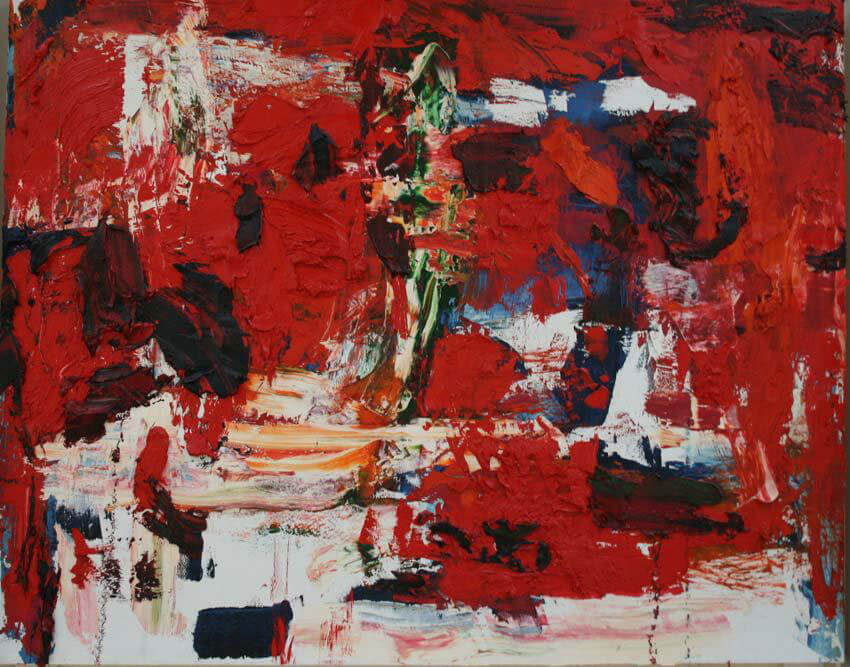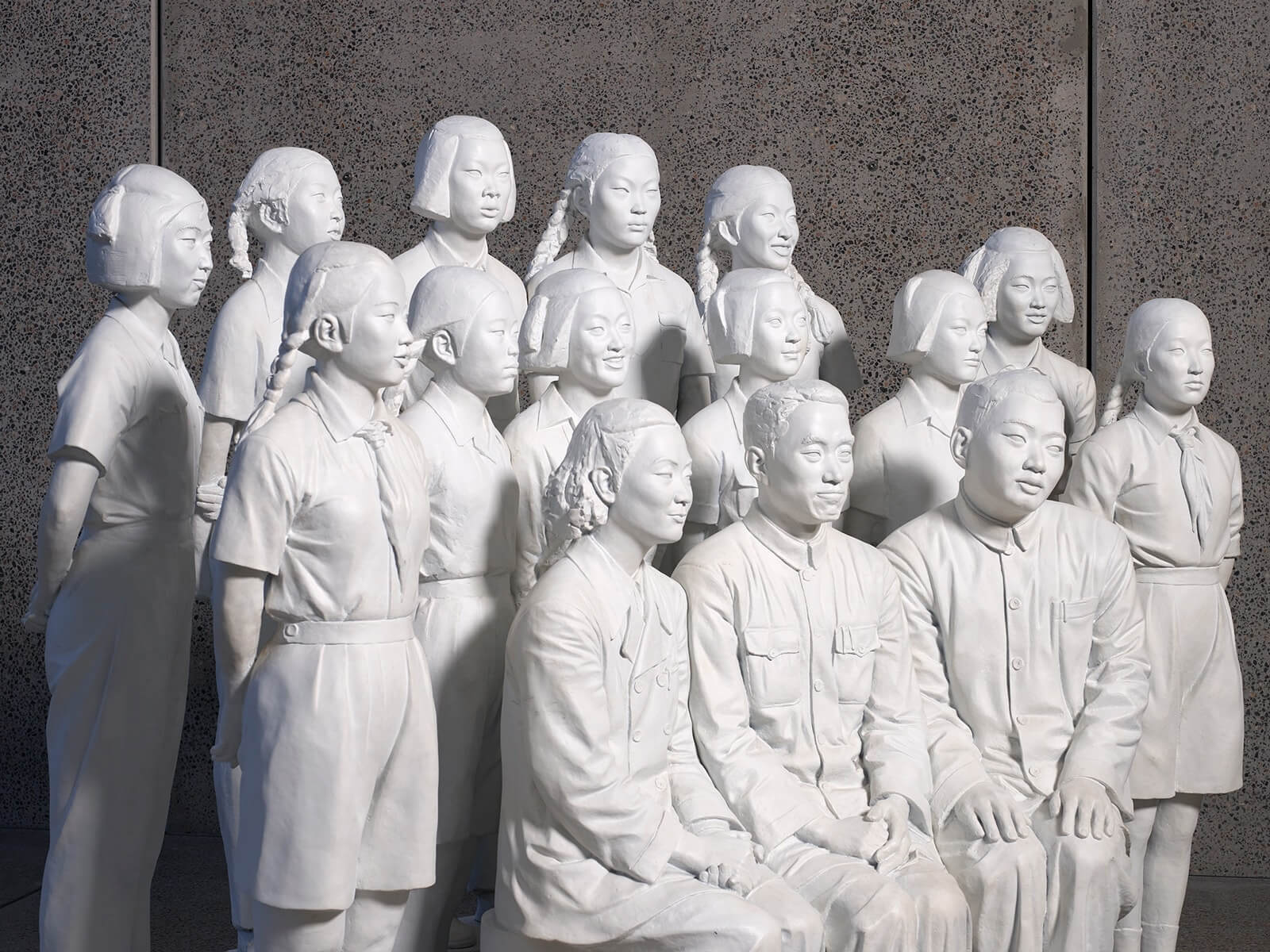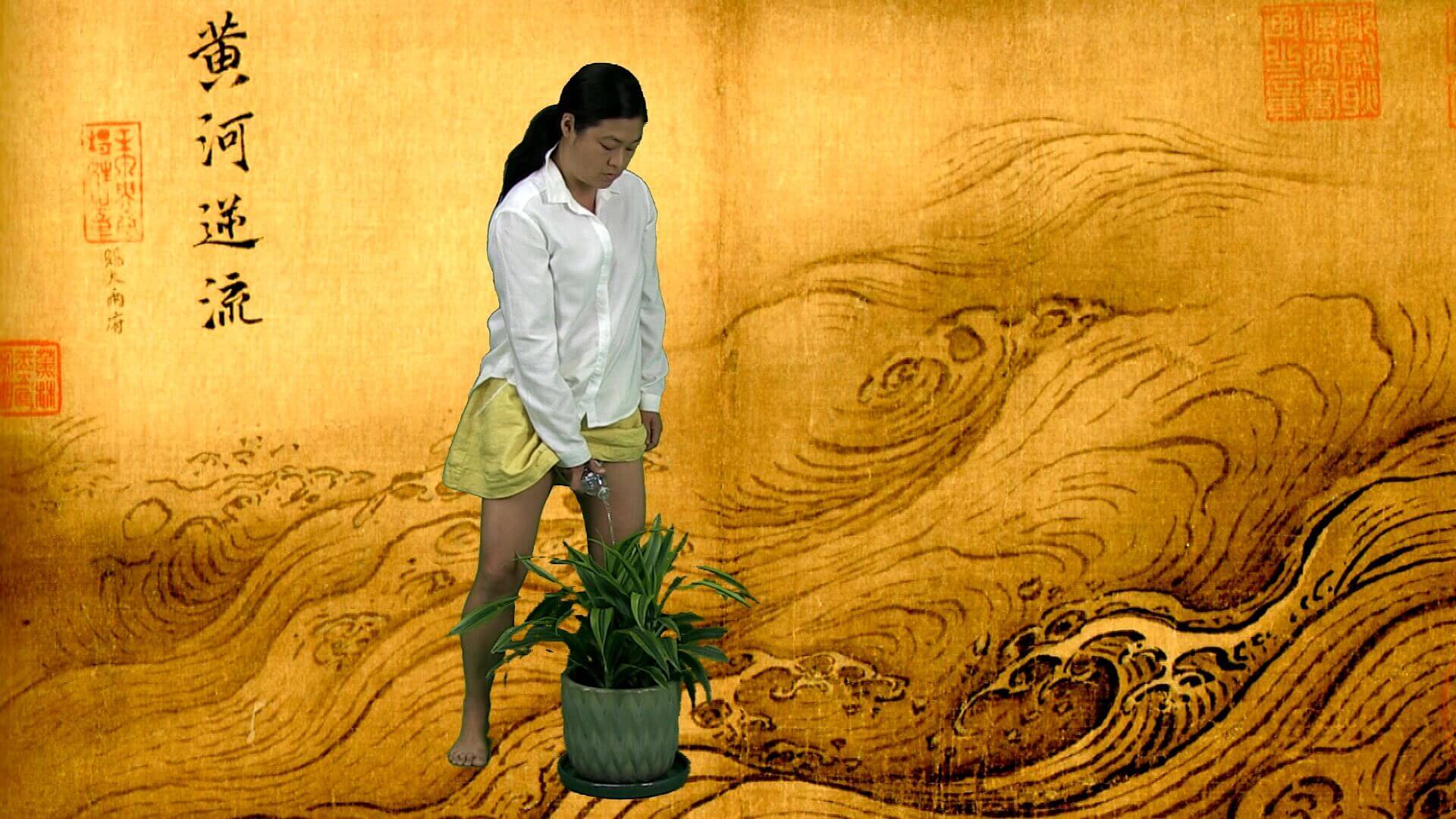Have Fun!
ARTISTS & WORKS /
Yang Wei-Lin 楊偉林
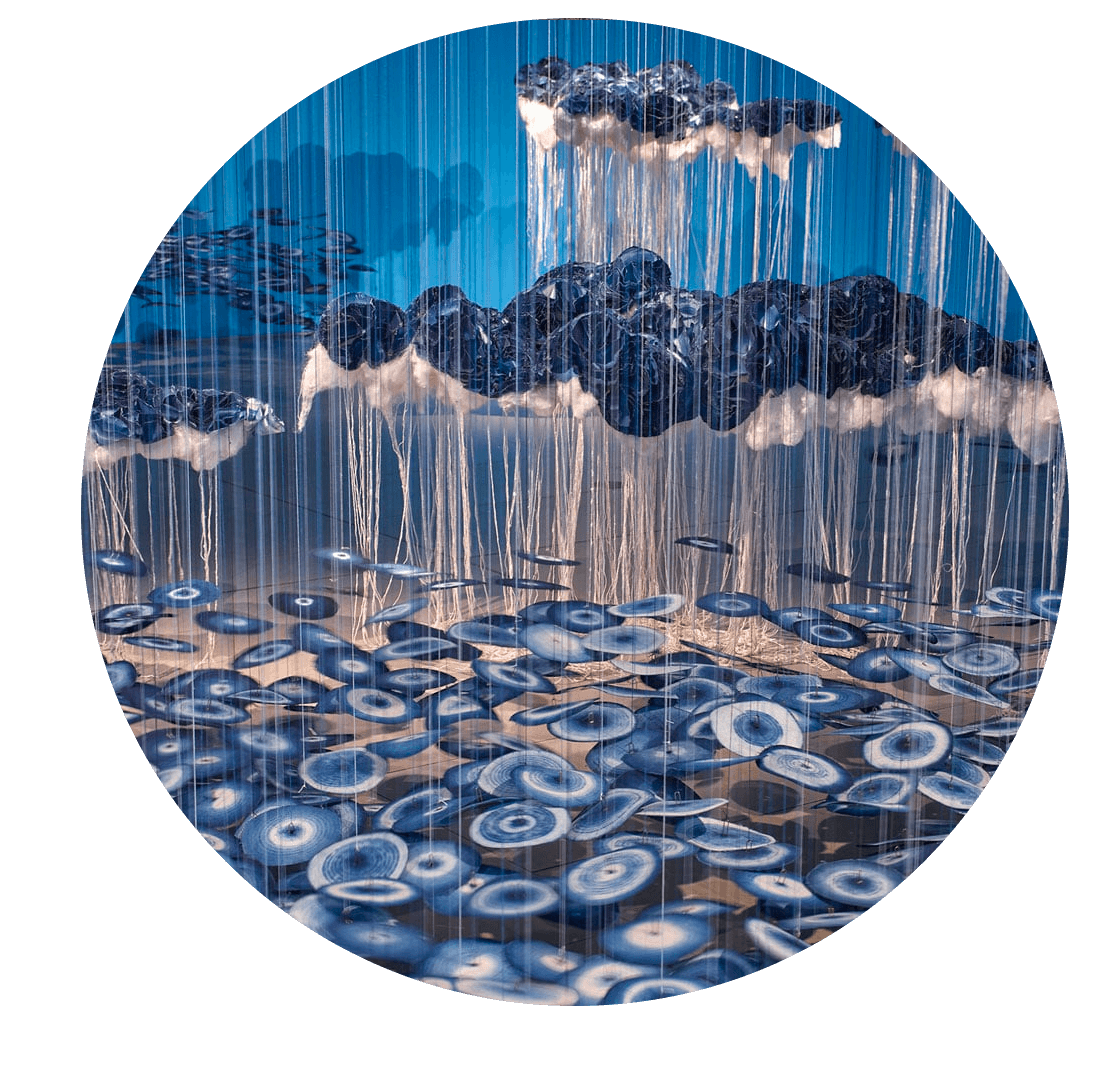
DOB: 1963
POB: Taipei, Taiwan
Education: MFA, Graduate Institute of Applied Arts, Tainan National University of the Applied Arts.
BA, Chinese Literature, Tunghai University
Lives and works: Tainan
No. works in collection: 3 (Floating Islands and Ocean of Cloth Wheels can be exhibited as one work or two separate installations)
BRIEF BIO:
Yang Wei-Lin was born in Taipei, Taiwan in 1963. She first studied for a BA in Chinese Literature at Tunghai University, Taichung and then attained her MFA at Tainan University of the Arts’ Graduate Institute of Applied Arts.
She has received numerous awards for her experimental and conceptual fibre installations in Taiwan, and her work has been shown in solo and group exhibitions within Taiwan and internationally, including Contextile 2016 Contemporary Textile Art Biennial, Guimaraes, Portugal; Setouchi Triennale 2013, Fukutake House Asia Art Platform, Japan; 7th International Biennial of Textile Miniatures, Vilnius, Lithuania, 2011; 13th International Triennial of Tapestry, Lódz, Poland, in 2010, as well as other biennials and triennials in Taiwan, Spain, China, Hungary, Lithuania and the USA.
Yang directed the Taiwan Fiber Art Research Project, and has carried out original research into aspects of dyeing with natural plant-based materials, including indigo, and into aspects of Taiwanese indigenous culture.
Yang Wei-Lin currently teaches in the Department of Material Arts and Design at Tainan National University of the Arts.
ARTWORKS:
#1. Accession
Number: 2016.258
Title: Ocean of Cloth Wheels + Floating Islands (actually two works which may be shown together as one installation or independently
Date: 2013-2016
Broad Medium: Installation
Specific Materials: cotton cloth, indigo dye, ramie thread, paperclip, blank optical disc
Dimensions: variable
Description: There are 2 separate but connected works by Yang Wei-Lin – ‘Ocean of Cloth Wheels’ are the suspended discs, and ‘Floating Islands’ to be attached or suspended in coral-like clumps.
Ocean of Cloth Wheels (2013–2016) consists of thousands of cloth discs suspended from the ceiling, dyed in various shades of indigo: tilting and turning, they seem to undulate like the surface of the sea. Hanging in clusters at varied heights from slender threads, their cast shadows and concentric circular rows of stitching suggest ripples on the ocean’s surface made by sheets of falling rain, or the indolent movements of drifting translucent jellyfish.
The audience wanders through and around hanging forms that shift and move in currents of air.
Ocean of Cloth Wheels is accompanied by the installation Floating Islands (2013—2016), similarly constructed from indigo-dyed fabric attached in variegated clumps, like lichen on a rock surface, or like an archipelago of small islands, to the walls of the gallery space or suspended. Circles of cotton are pleated, folded, twisted and stitched in complex forms like coral reefs, deeper and paler blue folds and wrinkles drawing us closer so we may examine these structures that seem like microcosms of the universe.
These folded forms do not only refer to the landforms of coastal Taiwan, however, but are also a metaphor for the drifting, unsettling situation of its inhabitants, with their complicated history of successive indigenous, Hakka, Dutch, Chinese, and Japanese occupations of this small island. The drifting forms seem dreamlike, and the installation is beautiful, but each separate element is solitary, and separated by empty spaces.
#2. Accession
Number: 2012.093
Title: Mimesis
Date: 2011
Broad Medium: Installation
Specific Materials: paper threads, rusted iron, sponge scourers
Dimensions: variable
Description: small sculptures based on ancient ‘bird/worm’ seal script made of rusted sponge scourers
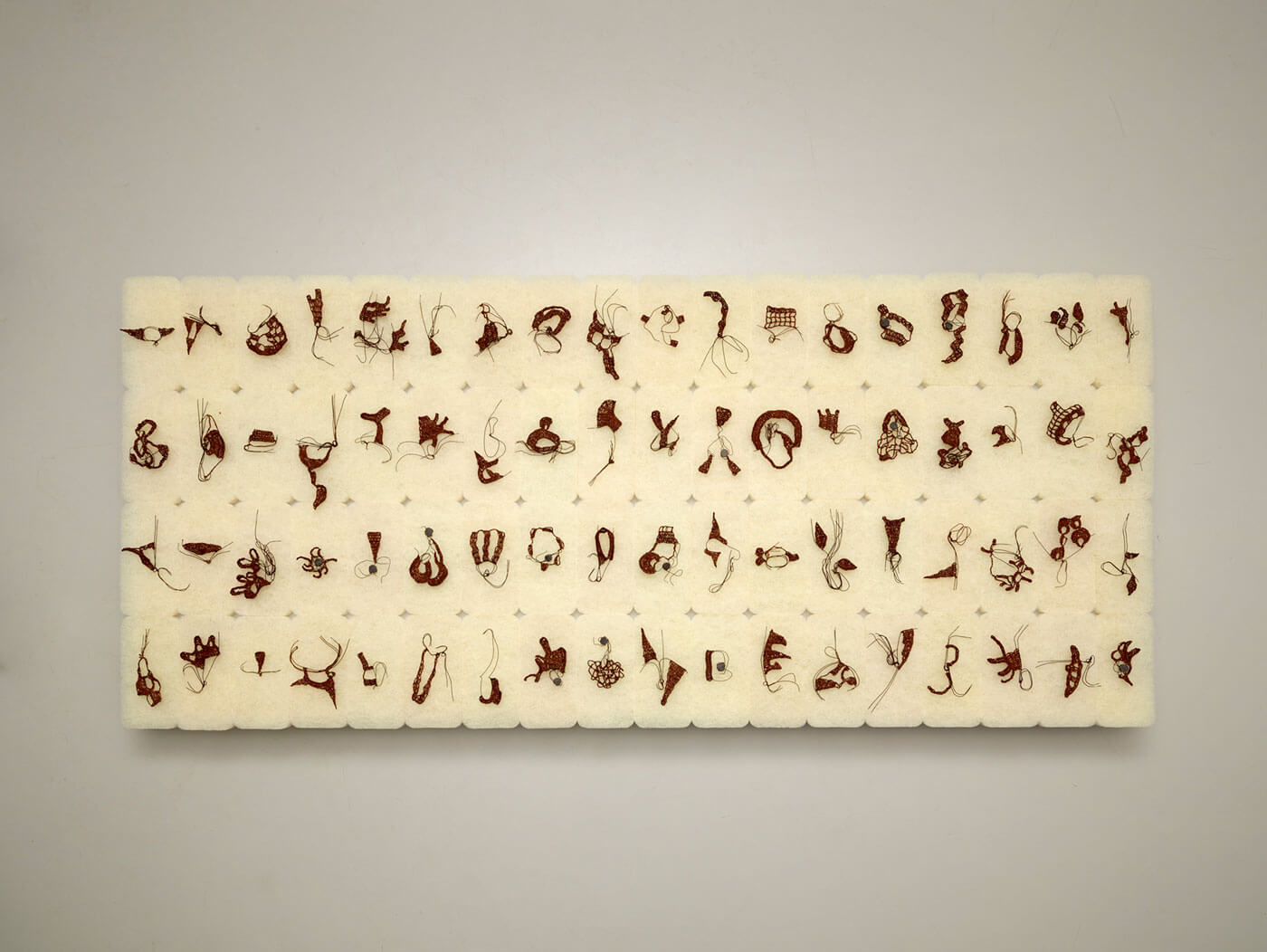
EXHIBITION HISTORY N/A
Mimesis refers to Yang’s interest in language and Chinese history –– she examines the inaccessibility of language by means of an unreadable script.
‘Bird and Worm’ script was an ancient Chinese seal script, thought to have emerged from the even earlier Oracle Bone Script. (During the Shang Dynasty, between c.1500 and c.1000 BCE, questions were inscribed onto animal bones or turtle shells and heated until they cracked, then used for divination.) By the time of the Spring and Autumn periods (722–476 BCE), Oracle Bone Script had evolved into highly decorative forms often derived from animal motifs, such as snakes, birds, fish, dragons and worms.
Most popular during the following Warring States period (475-221 BCE), these new text forms, with their sacred and mystical meanings, were used on weapons, musical instruments, jade items, seals and bronze vessels. Yang has taken these ancient characters as her starting point, imitating them in wire, thread and rusted sponge scrubbers and scourers: her humble domestic detritus is far removed from the precious vessels, weapons and ornaments of the Chinese imperial court. ‘Knitted’ wire segments are connected to twisted and looping strands of wire to make tiny creatures –– dragonflies, mosquitoes, shrimp, birds, and other less identifiable but clearly zoomorphic creatures.
The resulting ‘text’ is unreadable, and the rusted objects are arranged like specimens in an old natural history museum, pinned in a drawer or displayed in a vitrine..
MORE COLLECTION HIGHLIGHTS & NEW ACQUISITIONS
Lorem ipsum dolor sit amet, consectetur adipiscing elit. Quisque non augue et ante elementum finibus. Phasellus non cursus nunc. Mauris quam sem, fermentum quis imperdiet sit amet, mollis vitae lorem.

Explore highlights and new acquisitions
SUBSCRIBE
Get access to all our latest news by subscribe here.
